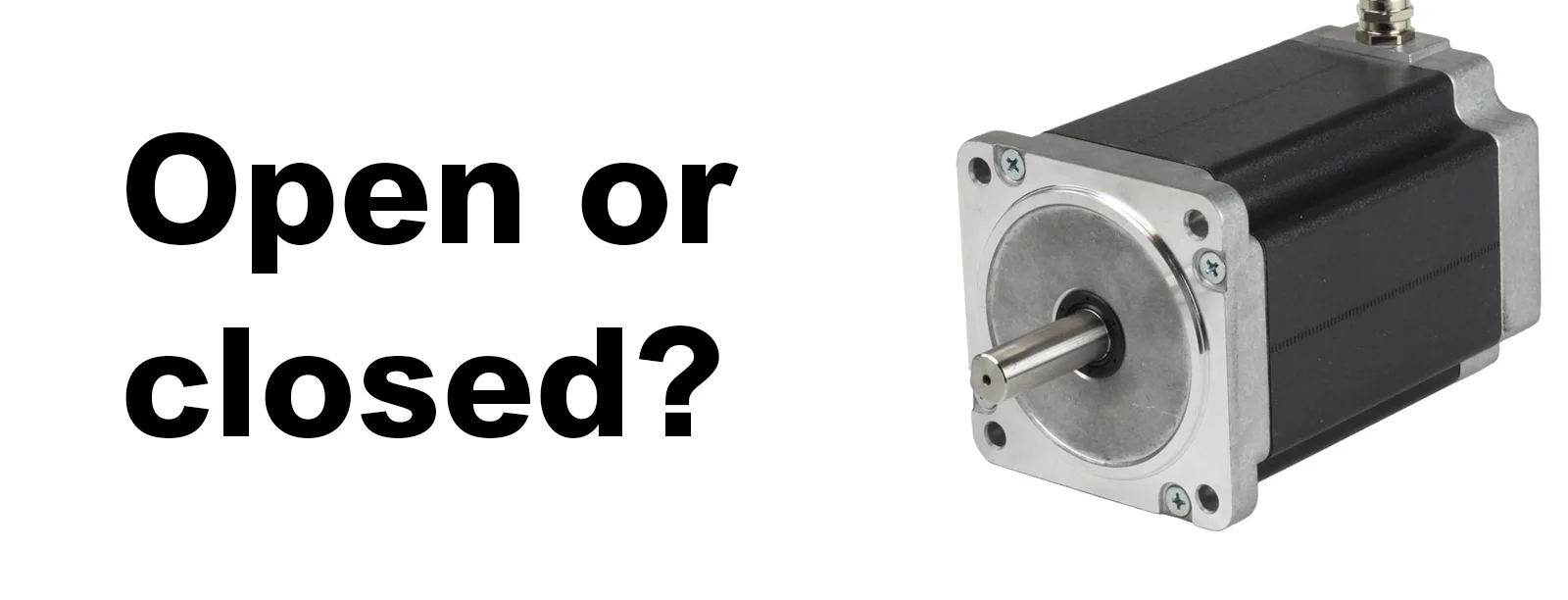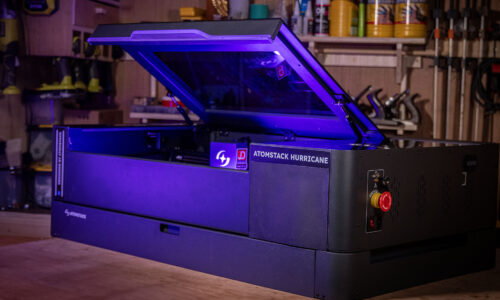Understanding Open-Loop and Closed-Loop Stepper Motors in CNC Machines
- James Dean Designs
- November 20, 2023
- Uncategorized
- 0 Comments

In the realm of CNC machinery, the choice between open-loop and closed-loop stepper motors significantly impacts performance, precision, and reliability. These motors, pivotal components in CNC systems, operate distinctively, offering unique benefits and limitations that cater to diverse machining requirements.
Open-Loop Stepper Motors
Open-loop stepper motors are fundamental in CNC systems, characterized by simplicity and cost-effectiveness. These motors function based on “step and direction” signals from the controller. Each step signal triggers a corresponding movement, rotating the motor by a set increment known as a step angle.
The simplicity of open-loop systems lies in their lack of feedback mechanisms. They don’t incorporate sensors to confirm whether the intended movement matches the actual motor rotation. This absence of feedback makes open-loop systems prone to issues such as missed steps or inaccuracies due to factors like motor resonance, load variations, or rapid accelerations.
Advantages:
- Cost-Efficiency: Open-loop systems are generally more affordable due to their simplified design, making them accessible for basic CNC applications.
- Simplicity: Their straightforward setup and operation make them suitable for less demanding machining tasks.
- Compatibility: They can be compatible with a wide range of CNC controllers, enhancing their versatility.
Limitations:
- Lack of Feedback: Without feedback, open-loop systems can’t rectify errors, leading to potential inaccuracies in positioning and decreased reliability.
- Susceptibility to External Factors: Factors like load variations or motor resonance can cause missed steps, affecting precision.
- Limited for Complex Operations: They might not be ideal for high-precision or intricate machining tasks where precise positioning is critical.
Closed-Loop Stepper Motors
Closed-loop stepper motors, also known as encoder-equipped steppers, address the limitations of open-loop systems by integrating feedback mechanisms, usually in the form of encoders. These encoders provide real-time data about the motor’s position, allowing the system to compare intended movement (commanded by the controller) with the actual motor rotation.
These systems constantly monitor the motor’s performance, adjusting in real-time to ensure precise positioning. If discrepancies occur due to factors like resistance, load changes, or disturbances, the feedback loop enables the system to correct errors, maintaining accuracy throughout the machining process.
Advantages:
- Enhanced Accuracy: Closed-loop systems offer higher precision and accuracy due to their ability to correct errors in real-time.
- Increased Reliability: With feedback mechanisms, these systems are more reliable, minimizing the risk of missed steps or positioning errors.
- Suitability for Complex Operations: They excel in intricate machining tasks requiring high precision and consistent performance.
Limitations:
- Cost: The incorporation of feedback mechanisms increases the cost compared to open-loop systems, making them more expensive.
- Complexity: The integration of encoders and feedback systems makes closed-loop systems more complex to set up and maintain.
- Controller Compatibility: Not all CNC controllers may fully support closed-loop systems, limiting their compatibility.
Choosing the Right System
Selecting between open-loop and closed-loop stepper motors depends on the specific requirements of the CNC application. For tasks demanding high precision, intricate designs, or consistent performance, closed-loop systems stand out with their ability to maintain accuracy even in challenging conditions. However, for simpler tasks where cost is a significant factor, open-loop systems can serve adequately.
In conclusion, the choice between open-loop and closed-loop stepper motors in CNC machines hinges on a careful evaluation of the machining needs, balancing factors like precision, cost, complexity, and system compatibility.
The evolution of technology continually shapes the landscape of CNC machining, offering diverse options that cater to a broad spectrum of industrial and hobbyist applications. Understanding the nuances between these stepper motor systems empowers CNC enthusiasts and professionals to optimize their machinery for optimal performance and accuracy in their respective domains.



